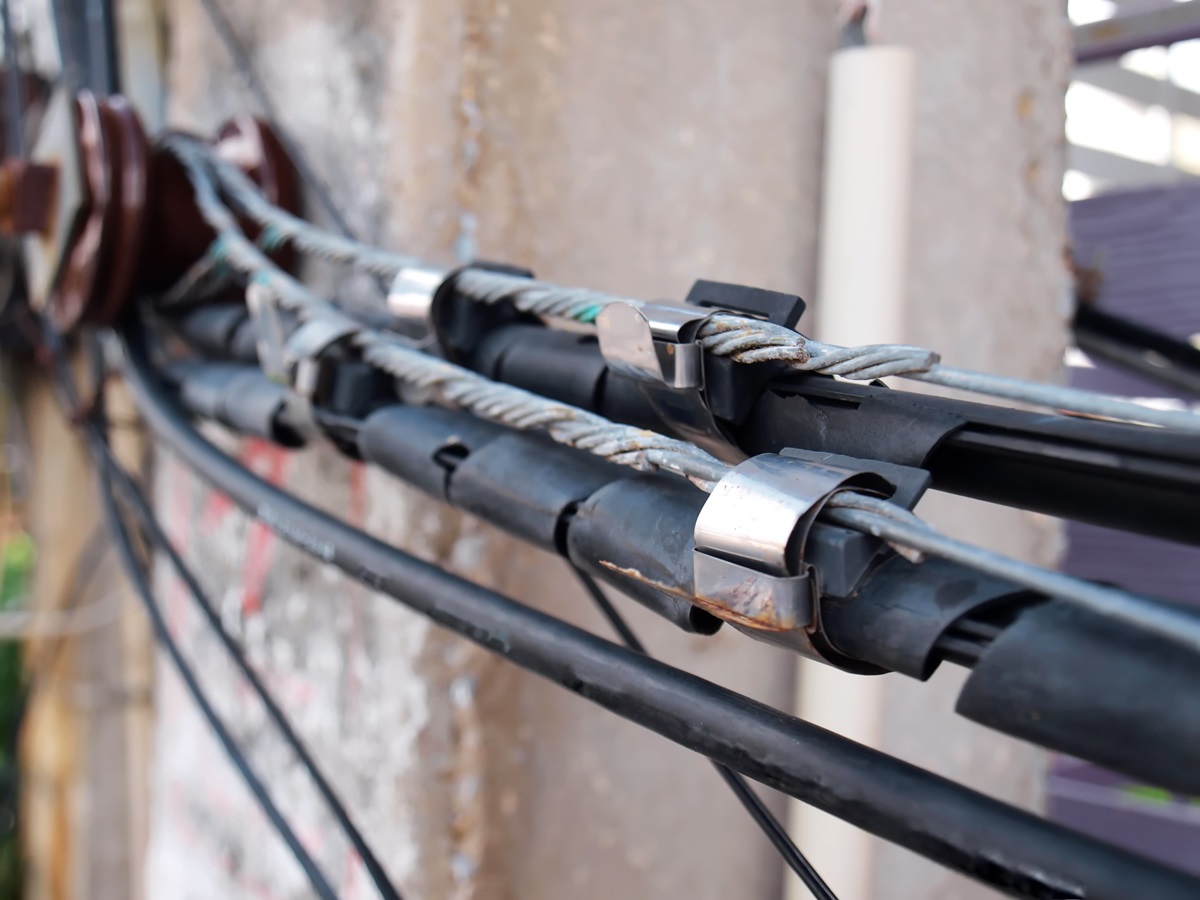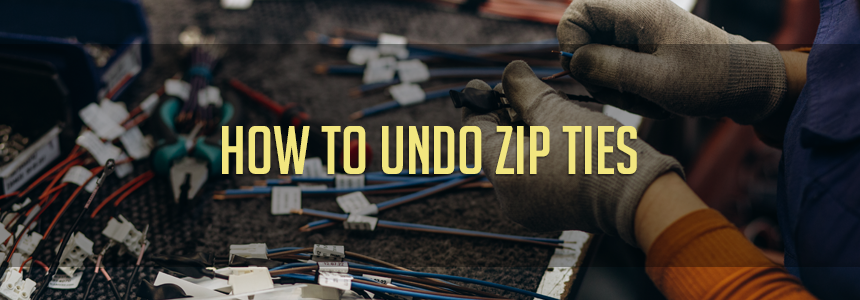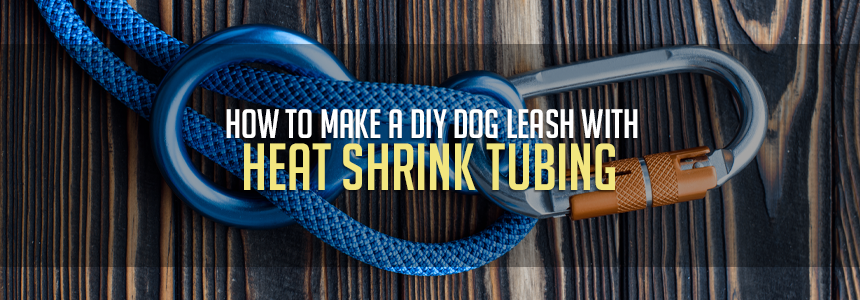304 vs. 316 Stainless Steel: Understanding the Differences and Their Impact on Cable Ties

When it comes to selecting stainless steel for any application, the choice often comes down to 304 vs. 316. Both are part of the austenitic family of stainless steels, which are popular for their corrosion resistance and durability. However, understanding the nuances between these two types of stainless steel is crucial for making an informed decision, especially when choosing stainless steel cable ties or wire tie solutions for specific applications.
General Comparison Between 304 and 316 Stainless Steel
304 Stainless Steel is the most commonly used type of stainless steel around the globe. It's an austenitic steel known for its balance of ease of forming and durability. It contains 18% chromium and 8% nickel, providing excellent resistance to a wide range of atmospheric, chemical, and food industry exposures. (If you are familiar with the term 18/8 stainless steel pots or flatware this is what it means)
316 Stainless Steel adds 2% molybdenum to the mix, enhancing its corrosion resistance, particularly against chlorides like sea salt and pool chemicals. This makes 316 stainless steel the preferred choice in marine environments, chemical processing equipment, and other high-corrosion areas.
Stainless Steel Cable Ties: 304 vs. 316
Cable ties or, as they are often referred to, zip ties are very popular for their versatility across various applications, and stainless steel zip ties excel where durability and environmental resistance are crucial. 304 stainless steel cable ties are suited for most applications, providing a durable method for bundling and securing while 316 stainless steel cable ties offer superior corrosion resistance, ideal for harsher environments.
Differences in Application
- 304 Stainless Steel Cable Ties are suitable for most general applications, including indoor and outdoor settings where significant exposure to harsh chemicals or saltwater isn’t a concern. They offer a strong, durable method for bundling and securing cables, hoses, and other items in automotive, construction, and industrial applications. Like zip ties, 304 stainless steel braided sleeving is mainly used for abrasive and corrosive environments.
- 316 Stainless Steel Cable Ties shine in environments where additional corrosion resistance is needed. Their superior durability against chlorides makes them ideal for marine, chemical processing, and outdoor applications in coastal areas. These ties are crucial for securing equipment in harsh environments where failure due to corrosion could have serious implications.
Where It Makes a Difference
The choice between 304 and 316 stainless steel cable ties largely depends on the environmental conditions they will be exposed to. For environments with high exposure to salt, chlorine, or other harsh chemicals, 316 stainless steel cable ties are essential for long-term reliability and safety. Conversely, in less aggressive environments, 304 stainless steel cable ties provide a cost-effective, durable solution.
Example of Use:
- Marine Applications: 316 is preferred for its enhanced corrosion resistance to salt and chlorides.
- Industrial and Construction: For typical industrial environments without extreme exposure to corrosive chemicals, 304 provides a balance of strength and corrosion resistance.
- Automotive: 304 is often sufficient for securing cables under the hood, where direct exposure to salt and harsh chemicals is minimal.
- Chemical Processing Plants: 316 is necessary for its resistance to a wide range of chemicals and solvents.
Metal Cable Ties Beyond Stainless Steel
Aside from stainless steel cable ties, other metal options like colored chrome, metal detectable, and metal barb ties cater to specific needs. Colored chrome ties aid in identification and organization, while metal detectable ties are essential in preventing contamination in sensitive manufacturing processes. Metal barb ties, known for their secure locking mechanism, are ideal for applications requiring a strong, tamper-proof solution. Each type serves unique industries and applications, highlighting the importance of selecting the right cable tie based on environmental conditions and specific requirements.
Conclusion
The decision between 304 and 316 stainless steel cable ties should be guided by the specific conditions and requirements of the application. Understanding the differences between these two types of stainless steel allows for an informed choice, ensuring the longevity and reliability of cable ties in any given environment. Whether securing cables in a marine setting or organizing wires in an industrial plant, selecting the right grade of stainless steel cable tie is paramount to achieving optimal performance and durability.
Commonly Asked:
Q: Can metal cable ties be reused?
A: While metal cable ties are designed for single-use due to their locking mechanisms, metal barb ties and certain stainless steel zip ties with releasable features can be adjusted or reused in some applications. However, for most metal zip ties, especially those used in critical or permanent installations, reusing is not recommended to ensure maximum security and reliability.














